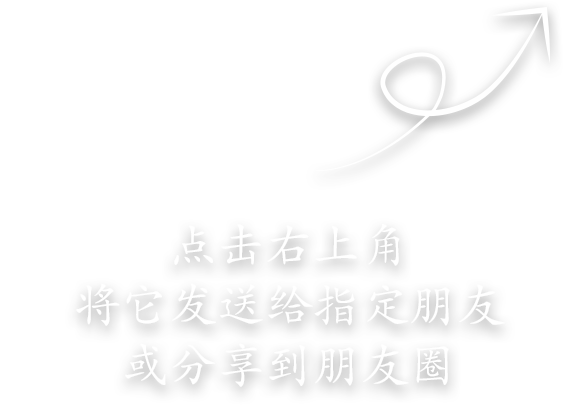-
Mobile Version
Scan with Mobile
- Member Center
 241
241
Due to the advantages of good thermal stability, brittleness, high rigidity and controllable porosity, ceramic bond has the advantages of high strength, good self-sharpening, easy dressing, and strong chip capacity Widely used in automobile, aerospace, aviation and precision cutting tool manufacturing industries. The strength of the ceramic bond sand and wheel mainly depends on the strength of the ceramic bond itself and the bond strength between the bond and the abrasive particles. The composition of the bonding agent is an important factor that affects the strength of the ceramic bonding agent and the bonding strength between the bonding agent and the abrasive grain interface.
Nano rare earth oxide reinforced and toughened
The ceramic bond CBN abrasive has high speed, high efficiency, high precision, low grinding cost, green environmental protection and other excellent properties. It is a research hotspot of scientific researchers in various countries in the world in recent years [2--5], and its development speed is very fast. The performance of CBN abrasive tools depends largely on the performance of ceramic binders, but the brittleness of ceramic binders will reduce the service life of CBN abrasive tools and increase processing costs. Therefore, it is necessary to strengthen and toughen the combination of ceramics, improve the microstructure of CBN grinding tools, and improve their comprehensive performance.
The following results are obtained through research and analysis:
(1) When the volume fraction is 2% Er2O3, the flexural strength of the bond sample is the highest, reaching 194MPa, which is 17.6% higher than the flexural strength of the base bond.
(2) CeO, Sm2O3, Y2O3, La2O3, Er2O3 all have a toughening effect on the basic binder. When the volume fraction of 5% ER2O3 is added, the fracture toughness of the binder sample is up to 2,7MPam1 / 2 Base bond increased by 108, 2%
(3) The composite binder with 2% volume fraction of ER2O3 wets the CBN abrasive particles well, and its flexural strength is 102 MPa.
(4) According to XRD analysis, the main phase of the basic binder is cristobalite, and its corresponding diffraction peak intensity is very high. The incorporation of nanometer rare earth oxide changed the main crystal phase of the sample, and transformed the cubic structure quartz phase with larger expansion number into the hexagonal structure quartz phase with smaller expansion coefficient. This may be one of the reasons that the fracture toughness of the sample is significantly improved after adding the nano rare earth oxide.
(5) Through SEM observation, further comparison found that the samples containing CeO2, Sm2O3, Y2O3 have more holes, and the Li2O3 and Er2O3 samples have fewer holes on the surface, which may be one of the reasons for the difference in fracture toughness .
(6) From the observation of the fracture morphology of CBN abrasive with Er2O3 added ceramic bond, it can be seen that the ceramic bond added with Er2O3 is ideal for the wetting and bonding of CBN abrasive particles. The bonding agent spreads evenly between the abrasive particles. There are evenly distributed stomata. These pores will play the role of chip holding, cooling liquid and lowering the surface temperature of the workpiece when the CBN grinding tool grinds the workpiece, preventing the workpiece from being burned.




